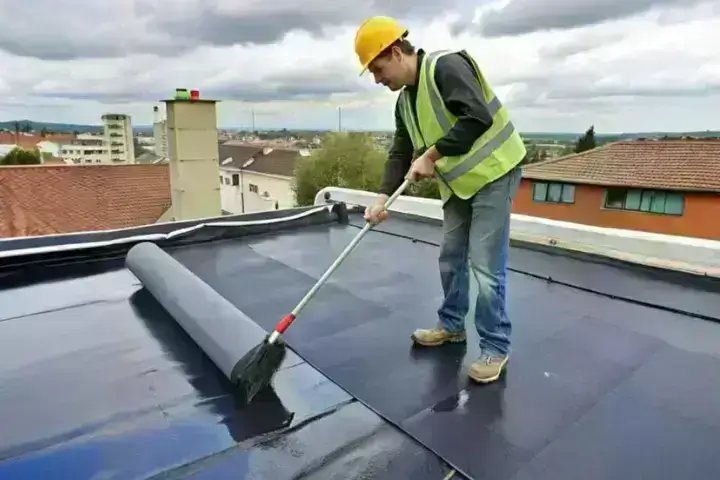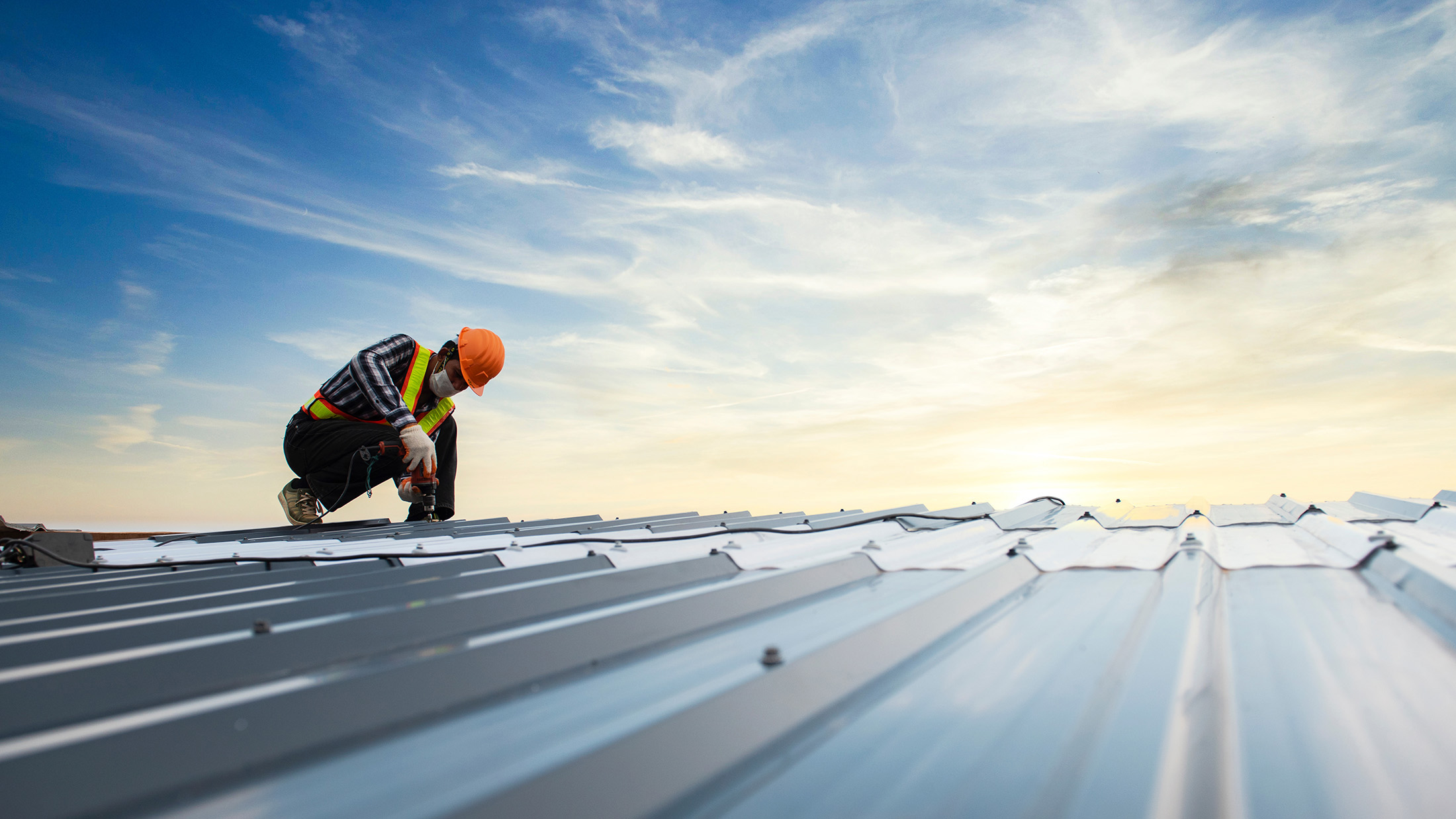Drainage & waterproofing company Omaha: How to Choose the Right One
Types of Waterproofing: Checking Out the Various Approaches and Their Applications
Waterproofing is a crucial element of building and maintenance. It protects structures from the damaging effects of water damages. There are a number of methods offered, each with its unique applications and benefits. From membrane layer systems to cementitious remedies, understanding these alternatives is vital for efficient implementation. The option of waterproofing method can significantly impact resilience and long life. Exploring these numerous techniques reveals their distinct benefits and potential difficulties, triggering additional consideration of excellent options.
Membrane Waterproofing Equipments
Membrane layer waterproofing systems work as a vital obstacle versus water invasion in different structures. These systems commonly are composed of thin sheets made from materials like rubber, polycarbonate, or bitumen, which are put on surfaces to stop moisture penetration. They can be installed over or listed below quality and are specifically effective in areas prone to high water direct exposure, such as basements, roofing systems, and foundations.The setup procedure includes cleaning up the substrate, using adhesives or primers, and precisely suitable the membrane layer to guarantee total protection. Membrane layer systems can be either fully stuck, mechanically affixed, or laid loose, depending upon the certain needs of the task. They provide sturdiness and flexibility, accommodating structural movements without compromising their waterproofing capabilities. These systems can be enhanced with extra layers for improved security. Eventually, membrane waterproofing systems are vital for securing structures against water damage and maintaining long-lasting honesty.
Liquid-Applied Waterproofing Coatings
Liquid-applied waterproofing finishes give a versatile option for shielding surface areas from water infiltration - Sump pump installation & replacement Omaha. These coatings are composed of fluid materials that, when applied, create a smooth, versatile membrane. Their versatility enables application on numerous substratums, including concrete, steel, and wood. The coatings can be made use of in diverse settings, from property to commercial settings, making them suitable for roof coverings, foundations, and below-grade structures.One substantial advantage of liquid-applied layers is their capability to satisfy uneven shapes and permeate splits, producing a durable barrier against wetness. They frequently show excellent bond residential properties and resistance to UV radiation, guaranteeing long life and sturdiness. In addition, the application process is usually uncomplicated, enabling for fast installation and decreased labor prices. This method additionally reduces the threat of water pooling, as the continual layer effectively guides water away from prone locations. Generally, liquid-applied waterproofing finishes are an efficient selection for complete water security
Cementitious Waterproofing Solutions

Cementitious waterproofing options supply a durable choice for frameworks requiring dependable wetness security. These systems largely use a mix of concrete, sand, and chemical ingredients to develop a water-proof barrier. They are frequently put on surface areas such as concrete walls, structures, and floorings, supplying a durable, resilient defense versus water intrusion.One of the key advantages of cementitious waterproofing is its convenience of application; it can be applied making use of a brush, roller, or spray, making it suitable for numerous project dimensions. In addition, this approach works with lots of surface areas and can often be used combined with other waterproofing techniques.Cementitious solutions are particularly effective in settings where water exposure is a concern, such as basements or below-grade structures. Their superb adhesion residential or commercial properties ensure that they bond well with substratums, providing a strong and impenetrable layer versus dampness penetration.
Bentonite Waterproofing
Bentonite waterproofing is an extremely efficient approach that utilizes sodium bentonite clay to develop an all-natural barrier against water. This method manipulates the unique homes of bentonite, which expands upon contact with water, securing any kind of potential leakages and protecting against wetness infiltration. It is typically made use of in different applications, consisting of structure walls, passages, and maintaining walls, where water resistance is essential.Bentonite can be applied in numerous forms, such as panels or coverings, offering versatility in installment. Its capacity to self-seal makes it an appealing alternative for areas subject to moving soil or rising and falling water site degrees. Additionally, bentonite waterproofing is eco friendly, as it is a natural material that does not present harmful chemicals right into the environments.
Water Drainage and Outside Waterproofing Solutions
Efficient waterproofing commonly includes a combination of approaches, consisting of water drainage and external systems. Drainage systems, such as French drains pipes and sump pumps, are made to redirect water away from frameworks, decreasing hydrostatic stress versus structures. These systems are necessary in protecting against water accumulation that can lead to architectural damages and mold and mildew growth.External waterproofing, on the other hand, entails using protective barriers to the building's outside. Methods such as the setup of waterproof membrane layers, coatings, or sealers can assist prevent water seepage. This technique not only protects the structure however also improves the overall durability elastomeric waterproofing of the structure.Together, water drainage and exterior waterproofing systems develop a complete service to manage water effectively. By executing these methods, residential or commercial property owners can safeguard their financial investments versus the harmful impacts of moisture, ensuring long-term stability and security for their buildings.
Frequently Asked Questions
How Do I Pick the Right Waterproofing Technique for My Task?
Choosing the appropriate waterproofing approach relies on factors such as project type, environmental problems, spending plan, and wanted durability. Examining these facets enables educated choices customized to details demands and needs.

Can Waterproofing Be Applied in Cold Climate Conditions?
Waterproofing can find more be used in cool climate problems, yet it calls for certain materials and methods. Cold temperature levels may affect treating times and adhesion, requiring careful option of items made for low-temperature application.
What Are the Usual Signs of Waterproofing Failure?
Usual indicators of waterproofing failing include noticeable water spots, peeling off paint, moist smells, mold and mildew growth, and cracks in wall surfaces or foundations. Water Solutions Omaha. These indications recommend that moisture is penetrating the obstacle, jeopardizing its effectiveness
How Lengthy Does Waterproofing Last Prior To Requiring Maintenance?
The long life of waterproofing varies, generally lasting in between 5 to one decade. Variables such as worldly quality, environmental conditions, and maintenance techniques affect its sturdiness, demanding routine inspections to guarantee efficient defense against water invasion.
Are There Eco-Friendly Waterproofing Options Available?
The inquiry of eco-friendly waterproofing choices discloses an expanding rate of interest in lasting products (Foundation waterproofing Omaha). Numerous natural materials, such as plant-based sealers and recycled products, use efficient services while lessening ecological effect, attracting ecologically mindful consumers